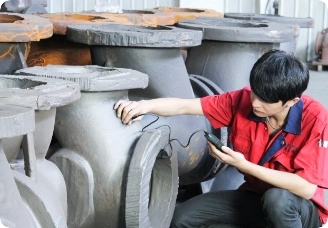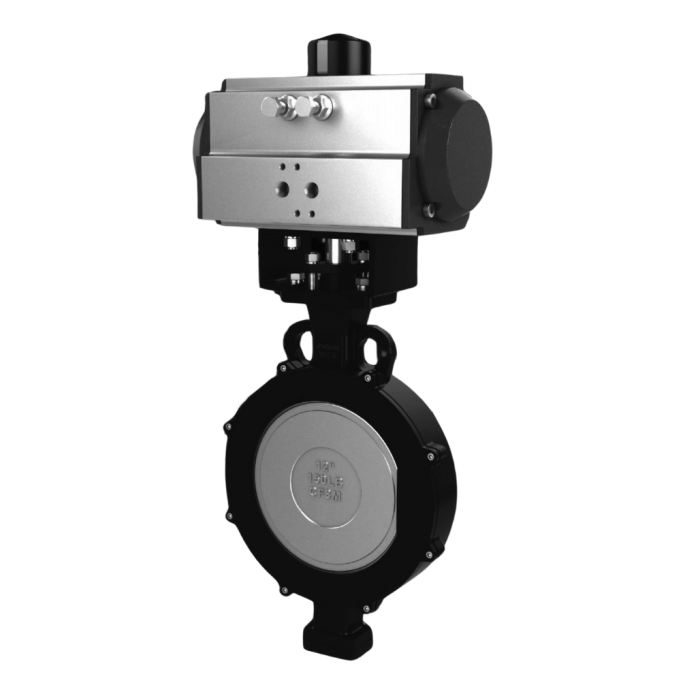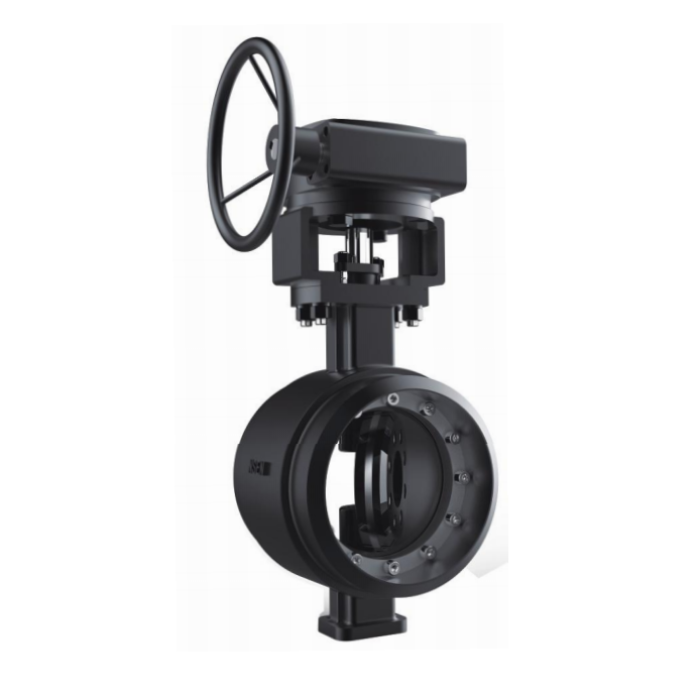How to Measure Butterfly Valve Size: 4 Reliable Methods
Knowing the correct butterfly valve size is essential for achieving the right flow control, maintaining system efficiency, and preventing costly installation mistakes.
In short, you can measure a butterfly valve by checking the pipe diameter, face-to-face dimension, valve markings, and comparing it with a butterfly valve size chart.
Whether you are replacing an old valve or designing a new pipeline, understanding how to measure butterfly valve size correctly ensures your system performs safely and effectively.
Why Butterfly Valve Size Matters
The size of a butterfly valve directly affects how much fluid passes through a system and how easily it can be controlled.
Choosing the wrong butterfly valve size can lead to pressure loss, leakage, or mechanical strain.
To help standardize selection, many engineers and maintenance teams refer to a butterfly valve size chart or butterfly valve size list, which shows the relationship between nominal size, flow capacity, and connection type.
If you have ever wondered: “How do I know what size my valve is?” or “How do you know the size of a butterfly valve?”, this guide breaks down the most practical ways to determine it, especially when no manufacturer label or documentation is available.
How to Determine Butterfly Valve Size?
There are 4 reliable methods to determine the correct butterfly valve size for your application. These methods apply to both new installations and existing systems where specifications are unclear.

1. Measure the Pipe’s Inner Diameter (ID)
The simplest and most accurate way to determine how to measure butterfly valve size is by measuring the inner diameter of the pipe where the valve will be installed.
Butterfly valves are typically designed to match the nominal pipe size. Use a caliper or flexible tape measure to check the inside diameter of the flange opening.
For instance, if the inner diameter measures around 100 millimeters, you likely need a DN100 butterfly valve.
It’s important to measure at multiple points around the pipe to account for wear, corrosion, or irregularities that could affect the fit.
2. Check the Face-to-Face Dimension
If you have an existing valve but no nameplate, you can measure the face-to-face dimension, the distance between the two flanged faces of the valve body.
This measurement helps identify the valve’s standard according to ISO 5752, API 609, or MSS-SP-67.
By comparing your measurement with a butterfly valve size chart PDF from your trusted brand or manufacturer, you can easily determine the nominal size and standard class of your valve.
Many valve manufacturers provide downloadable butterfly valve size charts that include both metric and imperial measurements for quick reference.
3. Inspect the Valve Markings or Nameplate
Most modern butterfly valves have cast or engraved markings that display essential information such as size, pressure class, and material.
Look for alphanumeric codes like “DN150 PN16” or “6” 150LB, which indicate both the valve size and its pressure rating.
If the markings are partially worn or covered by paint, gently clean the area with a wire brush or cloth to reveal the full details.
These nameplate codes are standardized, so you can confidently match them with a butterfly valve size list or manufacturer catalog.
This method is especially useful for maintenance teams replacing older valves, where documentation might no longer be available.
4. Compare with a Butterfly Valve Size Chart
Even with direct measurements, comparing your findings with your butterfly valve size chart PDF from your local brand or manufacturer ensures accuracy.
These charts typically include critical parameters such as:
- Nominal diameter (DN or NPS)
- Face-to-face length
- Shaft diameter and flange drilling dimensions
- Flow coefficients (Cv or Kv values)
For example, a 4-inch butterfly valve may correspond to a DN100 model, depending on whether the system uses metric or imperial standards.
This cross-referencing eliminates guesswork and helps confirm compatibility with existing flanges and actuators.
Additional Tips for Accurate Measurement
Identify the connection type
Butterfly valves come in wafer, lug, or flanged types. Flanged butterfly valves are easier to measure because their connection points are standardized.
Wafer and lug styles may require more precise flange-to-flange or bolt-hole measurements.
Verify flow direction and orientation
Always note how the valve is installed relative to the pipeline. A reversed or misaligned installation can distort measurements and affect valve performance.

Why do so many projects choose our Butterfly Valves?
From sealing performance to durability, we deliver professional-grade solutions.
Common Mistakes to Avoid
- Measuring the outer pipe diameter instead of the inner: The outer diameter can mislead you into choosing a larger valve.
- Ignoring flange standards: ANSI, DIN, and JIS flanges differ slightly in hole spacing and diameter, even for the same nominal size.
- Relying on visual estimation: A small misjudgment can result in improper sealing or flow restriction.
Remember that butterfly valves must fit securely within the pipeline to maintain sealing integrity and prevent vibration or leakage during operation.
Final Thoughts: Measuring Butterfly Valve Size
Knowing how to measure butterfly valve size helps engineers, plant operators, and maintenance teams make confident decisions when selecting or replacing valves.
By following these four proven methods: measuring pipe ID, checking face-to-face dimensions, inspecting markings, and consulting a butterfly valve size chart, you can identify the correct size quickly and accurately.
Whether you’re working from a butterfly valve size chart PDF or comparing options from a butterfly valve size list, the goal is always the same: ensuring compatibility, safety, and reliable flow control for your system.

Check Our Three-Eccentric Metal Hard Seal Butterfly Valve
More DetailsSearch
Categories
Tags
Product
- Ball Valve
- Floating Ball Valve
- Fully Welded Ball Valve
- Trunnion Ball Valve
- Butterfly Valve
- Full Metal-Seated Bi-Directional Butterfly Valve
- High Performance Butterfly Valve
- Three-Eccentric Metal Hard Seal Butterfly Valve
- Check Valve
- Cast Lift Check Valve
- Cast Swing Check Valve
- Wafer Type Check Valve
- DIN Valve
- DIN Bellow Sealed Globe Valve
- DIN Globe Valve
- DIN Rising Stem Gate Valve
- DIN Swing Check Valve
- Forge Valve
- Forged Check Valve
- Forged Floating Ball Valve
- Forged Gate Valve
- Forged Globe Valve
- Gate Valve
- Bellow Sealed Gate Valve
- Flat Gate Valve
- Wedge Gate Valve
- Globe Valve
- Cast Globe Valve
- Plug Valve
- Eccentricity Plug Valve
- Inverted Pressure Balance Lubricated Plug Valve
- Orbit Plug Valve
- Sleeve Type Plug Valve
- Slurry Valve
- Slurry Valve
- Strainer


